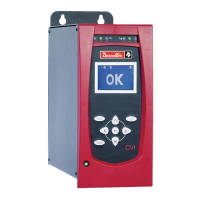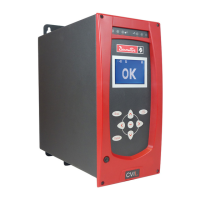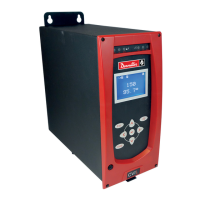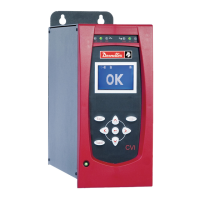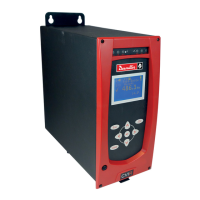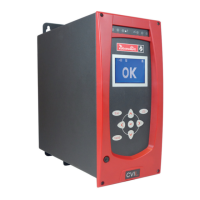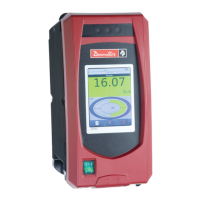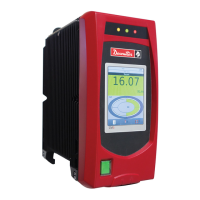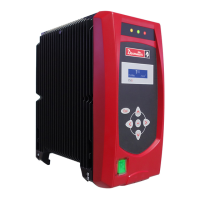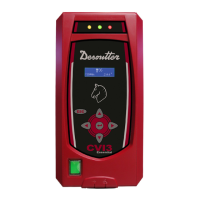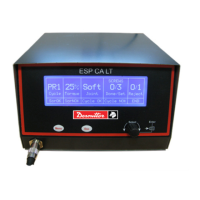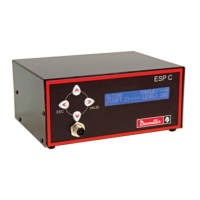Why is the speed not constant when torque is reached on my Desoutter CVIC II L2 Controller?
- LLaura CohenAug 9, 2025
If the speed isn't constant when the torque is reached using your Desoutter Controller, this often happens with hard joints. You can try the following: * Reduce the final speed to increase the phase time (ensure it remains above 3%). * Minimize the final speed phase acceleration time (set it to 0.01 s). * Decrease the run-down speed phase to prevent high over-torque during clamping. Alternatively, try programming a new strategy using Angle run down combined with a Final speed phase.
